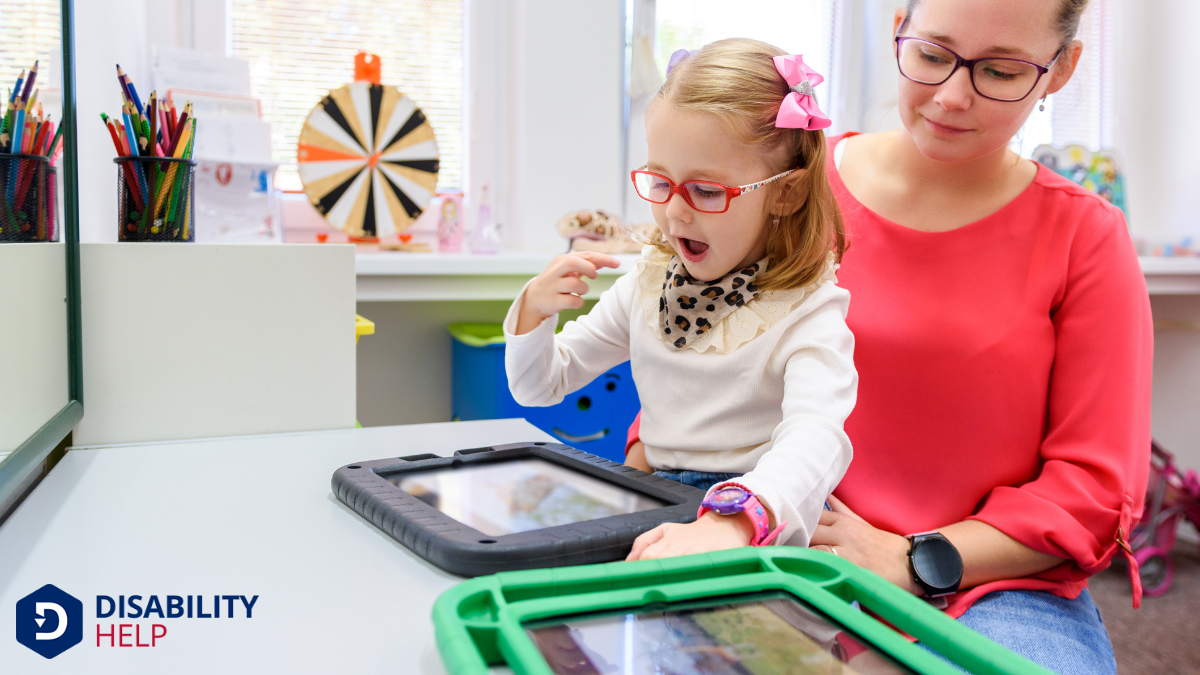We often hear about assistive technology, but how do speech generating devices fit into this category? These devices are designed to aid those with communication challenges by converting text or symbols into spoken words. They empower individuals to express themselves and interact socially. As we explore the role of SGDs in fostering independence and breaking down barriers, let's consider their impact on personal growth and connection. What makes these devices so transformative?
Key Takeaways
- Speech Generating Devices (SGDs) are classified as assistive technology designed to aid individuals with communication disabilities.
- SGDs convert text or symbols into speech, facilitating communication for those who cannot speak verbally.
- By promoting independence, SGDs empower users to express thoughts and participate in social interactions.
- These devices enhance users' quality of life by improving access to education, employment, and personal growth opportunities.
- SGDs exemplify how assistive technology removes barriers and fosters inclusionThe practice of creating environments in which any individual or group can be and feel welcomed, res... within communities.
Understanding Assistive Technology
Assistive technology plays an essential role in enhancing the quality of life for individuals with disabilities. It encompasses a broad range of tools and devices designed to support various needs, promoting independence and facilitating everyday tasks.
We recognize that these technologies can be as simple as a magnifying glassA handheld lens that magnifies text or objects, aiding individuals with low vision. or as advanced as a sophisticated communication device. The goal is to bridge gaps, enabling everyone to participate fully in life.
When we think about assistive technology, we should focus on its ability to empower by removing barriers. It's about finding the right support to match an individual's unique needs.
We must acknowledge that assistive technology isn't just about hardware; it's about enabling personal growth and improving access to opportunities for all.
How Speech Generating Devices Work

Though often overlooked, speech generating devices (SGDs) are remarkable tools that transform text or symbols into spoken words, providing a voice to those who can't speak.
These devices work by allowing us to input messages through various methods such as typing on a keyboard, selecting symbols or pictures, or even using eye-tracking technology. Once the input is provided, the device's software processes it and converts the text or symbols into speech through a synthetic voice output.
We can customize the voice to match the user's preferences, whether it's choosing a specific accent, tone, or speed. Many devices also offer predictive text features, which speed up communication by suggesting words based on the user's input history.
With these capabilities, SGDs empower individuals to express themselves effectively.
The Impact of SGDs on Communication
When we consider the impact of speech generating devices on communication, it's clear that these tools have revolutionized how individuals with speech impairments connect with the world. They empower users to express themselves and engage meaningfully in conversations that were once out of reach.
Let's visualize the difference SGDs make:
- Confidence: Users often gain self-assurance, knowing they can share thoughts and participate in social settings.
- Independence: Communicating without needing constant assistance provides a sense of autonomy.
- Connection: SGDs bridge the gap between users and their communities, fostering relationships.
- Opportunities: Access to education and employment improves as communication barriers diminish.
These devices are more than tools; they're gateways to richer, more connected lives.
Advancements in SGD Technology
In recent years, we've seen remarkable advancements in speech generating device (SGD) technology that have considerably enhanced their functionality and accessibilityThe design of products, devices, services, or environments to be usable by people with disabilities.....
These devices now offer more intuitive interfaces, making them easier for users to navigate. Innovations in voice synthesis technology have also led to more natural-sounding speech, allowing for personalized voice options that better reflect individual identities.
Additionally, improved portability means users can carry their SGDs more comfortably, guaranteeing constant communication access. Touchscreen technology and eye-tracking systems have further expanded user interaction methods, accommodating diverse needs and abilities.
Integration with other devices, like smartphones and tablets, has also become seamless, enabling users to interact with their digital world effortlessly.
These technological strides guarantee SGDs remain essential communication tools for those who rely on them.
Future Implications for Assistive Technologies

As we look toward the future of assistive technologies, it's clear that innovations in speech generating devices will continue to shape how individuals with communication challenges interact with the world.
These devices won't only enhance personal expression but also revolutionize accessibility and inclusivity.
Consider these possibilities:
- Real-time translation: Imagine a device that instantly translates spoken words into multiple languages, bridging communication gaps globally.
- Emotion detection: Picture a device that recognizes and conveys the user's emotions, adding depth to interactions.
- Seamless integration: Visualize devices integrated with smart homes, providing voice control for everyday tasks.
- AI-driven personalization: Envision AI tailoring device responses to fit individual communication styles and preferences.
Conclusion
In exploring the world of Speech Generating Devices, we’ve seen how these remarkable tools transform lives by breaking communication barriers. They represent an essential part of assistive technology, empowering individuals to express themselves and engage more fully with the world. As technology continues to advance, we’re excited about the future possibilities for SGDs and other assistive devices. Together, let's embrace these innovations and support the growth and independence they offer to those who need them.






